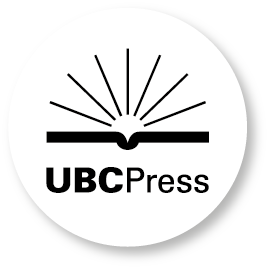The relationship between actors and spectators has been of perennial interest to playwrights. The Roman playwright Plautus (ca. 200 BCE) was particularly adept at manipulating this relationship. Plautus allowed his actors to acknowledge freely the illusion in which they were taking part, to elicit laughter through humorous asides and monologues, and simultaneously to flatter and tease the spectators.
These metatheatrical techniques are the focus of Timothy J. Moore's innovative study of the comedies of Plautus. The first part of the book examines Plautus' techniques in detail, while the second part explores how he used them in the plays Pseudolus, Amphitruo, Curculio, Truculentus, Casina, and Captivi. Moore shows that Plautus employed these dramatic devices not only to entertain his audience but also to satirize aspects of Roman society, such as shady business practices and extravagant spending on prostitutes, and to challenge his spectators' preconceptions about such issues as marriage and slavery. These findings forge new links between Roman comedy and the social and historical context of its performance.
I consider this the best full-length discussion of Plautine metatheater in existence.... The author talks lucidly about Plautus in terms that the modern student of dramatic literature can grasp, even without knowledge of Plautus.... In short, this is a major contribution to theory about Roman drama and to an understanding of Plautus.
- Preface
- Introduction
- Part I
- 1. Actors and Spectators
- 2. Characters and Spectators
- 3. Greece or Rome?
- 4. Metatheater and Morality
- Part II
- 5. Audience and Occasion: Pseudolus
- 6. Gods and Mortals: Amphitruo
- 7. Bankers and Pimps: Curculio
- 8. Prostitutes and Lovers: Truculentus
- 9. Husbands and Wives: Casina
- 10. Slaves and Masters: Captivi
- Conclusion
- Notes
- Works Cited
- Abbreviations
- Index of Passages Cited
- Index










